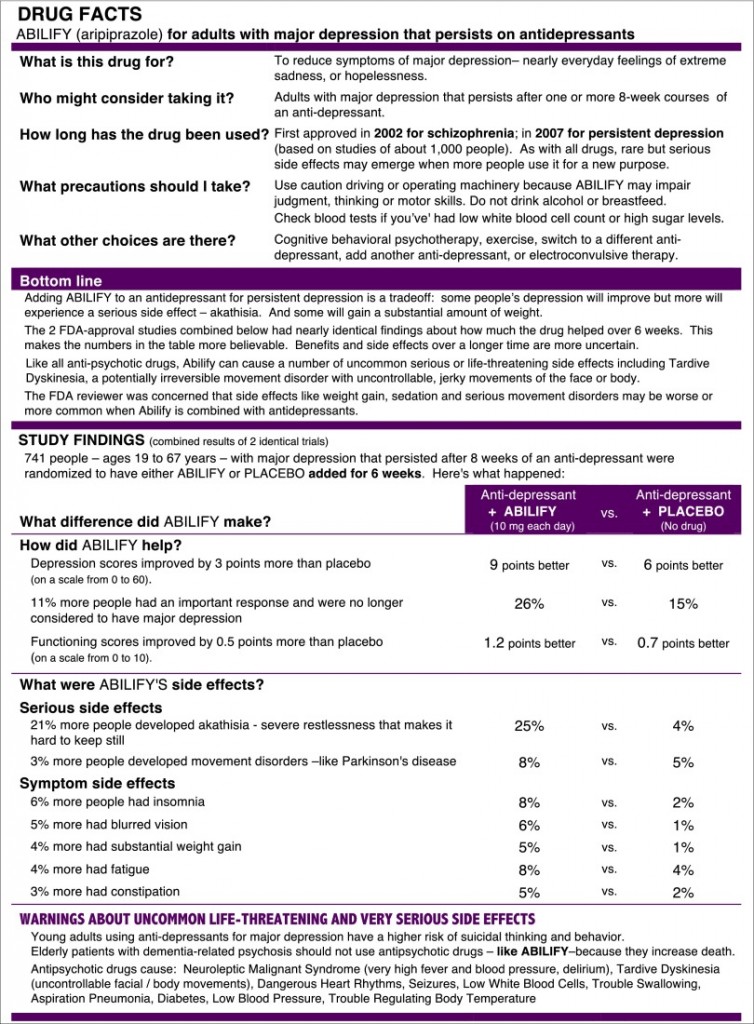You have seen those advertisements – the ones that say “Call your doctor….” Finally, The American Medical Association delegates meeting in Atlanta voted on Tuesday to support “a ban on direct-to-consumer ads for prescription drugs and implantable medical devices.” The delegates voted to adopt the ban as AMA policy, determining that a ban would help “to make prescription drugs more affordable.”
AMA Board Chair-elect Patrice Harris explained, “Direct-to-consumer advertising also inflates demand for new and more expensive drugs, even when those drugs may not be appropriate.” Reuters News notes that US courts have found that advertising is protected speech and that the ads cannot be banned.
Dr. Harris said that advertising “inflates demand for new and more expensive drugs, even when these drugs may not be appropriate.” The AMA statement noted, “If there is greater understanding of the factors that contribute to prescription drug pricing, including the research, development, manufacturing, marketing and advertising costs borne by pharmaceutical companies, then the marketplace can react appropriately.”
Of the top 10 advertised drugs, two are for erectile dysfunction (Cialis and Viagra), three are for arthritis (Xeljanz, Humira and Celebrex), two are for mental health issues (Latuda and Abilify), and one each is for stroke prevention (Eliquis), fibromyalgia (Lyrica) and diabetes (also Lyrica).
What consumers need is less fluff about the drugs and more information. The Drug box below is an example of good information. When information is placed in this manner – consumers have a better idea about the choices they are making.

